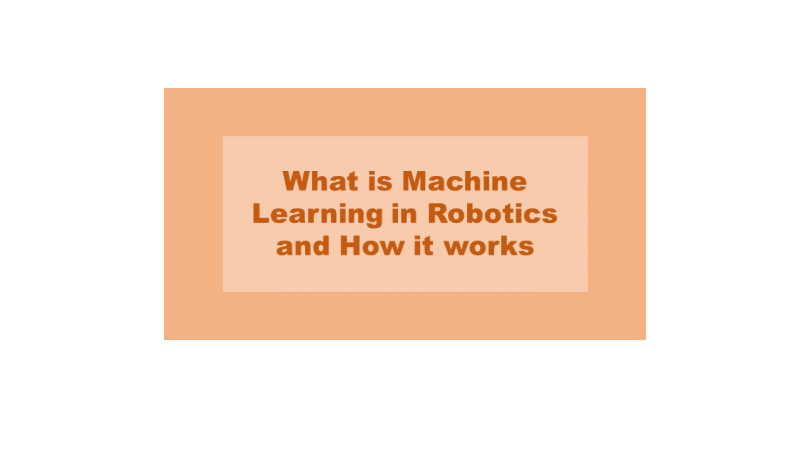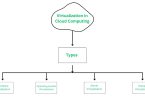Machine learning (ML) has become an essential tool in robotics, enabling robots to perform increasingly complex tasks and interact more intelligently with the environment. In this article, we will explore the importance of machine learning in robotics, how it works, and some of the applications of machine learning in robotics.
The Importance of Machine Learning in Robotics:
Robots are becoming more common in our daily lives, from self-driving cars to robotic assistants in factories and hospitals. However, for robots to perform complex tasks in real-world environments, they need to be able to learn from their experiences and adapt to changing situations. Machine learning provides robots with the ability to do just that.
Machine learning allows robots to learn from data and make predictions or decisions based on that data. This enables robots to adapt to new situations and environments, making them more useful in a wide range of applications. Machine learning can also help robots to improve their performance over time, making them more efficient and effective.
How Machine Learning Works in Robotics:
Machine learning algorithms are used in robotics to process data from sensors and make decisions about what actions to take. The basic process of machine learning involves three key steps:
Data Collection:
The first step is to collect data from sensors or other sources. This data can include images, audio, or other types of sensor data.
Data Processing:
The data is then processed by machine learning algorithms to identify patterns and make predictions or decisions.
Action:
Based on the predictions or decisions made by the machine learning algorithms, the robot takes action to perform a task or interact with the environment.
Also Read: Roadmap to Learn Generative AI
There are several types of machine learning algorithms used in robotics, including supervised learning, unsupervised learning, and reinforcement learning.
Supervised Learning:
Supervised learning algorithms are trained using labeled data. For example, a robot might be trained to recognize different objects by being shown images of those objects labeled with their names. The algorithm learns to recognize the objects based on the labels provided.
Unsupervised Learning:
Unsupervised learning algorithms are used when the data is not labeled. These algorithms learn to identify patterns and relationships in the data without any prior knowledge.
Reinforcement Learning:
Reinforcement learning algorithms are used when the robot needs to learn how to perform a task by trial and error. The robot is rewarded for correct actions and penalized for incorrect actions, allowing it to learn the best way to perform the task over time.
Applications of Machine Learning in Robotics:
There are many applications of machine learning in robotics, including:
- Object Recognition – Machine learning algorithms can be used to help robots recognize and identify objects in the environment. This is essential for tasks such as picking and placing objects in a factory or navigating through a cluttered environment.
- Motion Planning – Machine learning algorithms can be used to help robots plan their movements based on the environment. This can be used for tasks such as autonomous navigation or controlling the movement of a robotic arm.
- Predictive Maintenance – Machine learning algorithms can be used to predict when a robot or its components will fail, allowing for preventative maintenance to be performed before a failure occurs.
- Human-Robot Interaction – Machine learning algorithms can be used to enable robots to interact more intelligently with humans. This includes understanding natural language and responding appropriately, as well as recognizing emotions and responding in a socially acceptable way.
- Autonomous Driving – Machine learning algorithms are at the heart of self-driving cars, enabling the vehicle to recognize objects in the environment and make decisions about how to navigate safely.
Conclusion:
Machine learning is a critical technology for robotics, enabling robots to perform increasingly complex tasks and interact more intelligently with the environment. By learning from data and adapting to changing situations, robots can become more useful in a wide range of applications, from manufacturing to healthcare to transportation.






Leave a Comment